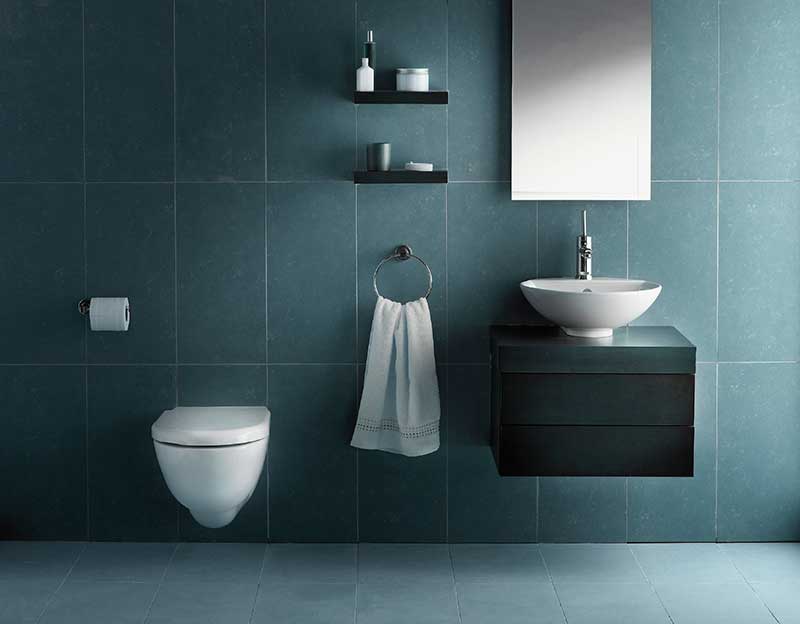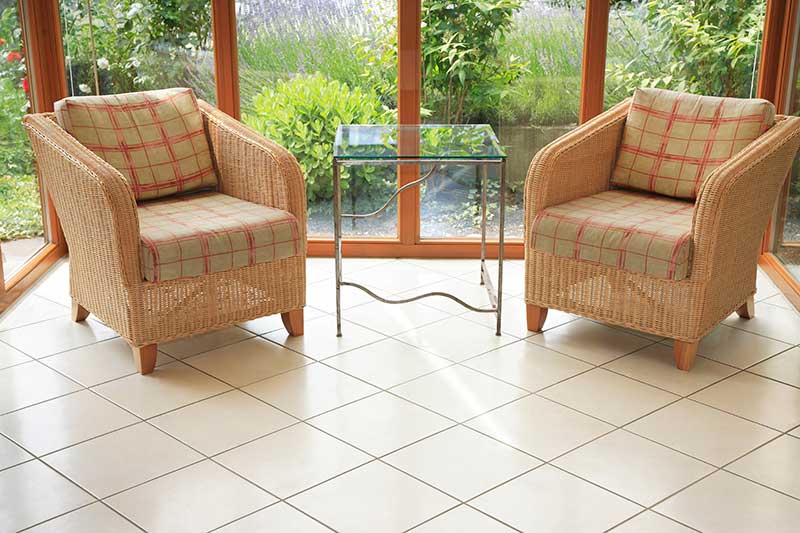Nobody wants to discover an issue with their furnace. Worse yet is finding out you need to replace it entirely. It is an expensive, dreaded problem for all homeowners, but not something you want to ignore, especially as colder weather sets in.
Once you find out you need a new furnace, the next question is, how much does it cost to replace a furnace?
How Much Does a Furnace Cost?
Unfortunately, there is no simple answer to “How much is a new furnace?” Costs can vary greatly, with low-end estimates averaging about $2,800 and reaching as high as $6,800 or more. The overall average cost of furnace replacement is about $4,700. However, what you will pay depends on several factors.
6 Factors That Affect the Price of a Furnace
Several factors influence the price of a furnace, including:
1. Type
While all furnaces are heat sources, the source of power that creates that heat can vary, which affects your furnace replacement cost. The types of furnaces include electric, natural gas, and oil.
Electric
Electric furnaces use heat coils to warm air, distributing it through vents. They can range from $1,700–$7,000 installed. While installation is more affordable, electricity is often more expensive, making these furnaces best suited for areas with milder winters.
Natural Gas
Ideal for colder climates, natural gas furnaces can cost $3,800–$10,000 depending on the model’s efficiency. While the initial cost is higher, gas is generally less expensive than electricity, saving money on utility bills.
Oil
Common in the Northeast, oil furnaces cost $5,000–$9,000 or more. Although effective for extreme winters, oil is less efficient and requires more maintenance. These systems also pose a risk of carbon monoxide leaks if not properly maintained, contradicting the belief they are inherently safer.
2. Size
The furnace size is measured in BTUs (British Thermal Units), which reflects its heating capacity. To estimate the BTUs required, multiply the square footage of the heated space by 40 (this is a starting point; insulation, ceiling height, and climate must also be considered).
- A 1,000 sqft home typically needs a furnace with 40,000–60,000 BTUs, costing around $2,000–$3,000.
- A 5,000 sqft home may need 150,000 BTUs, with prices around $6,500.
3. Efficiency
Furnace efficiency, measured by the AFUE (Annual Fuel Utilization Efficiency) rating, indicates how effectively the system converts fuel into heat. High-efficiency systems (90–98% AFUE) cost more upfront but reduce energy bills over time. For example, upgrading from a 70% efficient furnace to a 95% model could cut heating costs by 25%.
4. Brand
The chosen brand also determines a new furnace’s cost. Your selection will depend on the type of furnace you need, the size, and what is available within your area. There are many different brands with a wide array of possible prices. Brands like Goodman, Amana, and Bryant can range between $800 to $2,500. Other brands, including Carrier, American Standard, Trane, and Lennox, can go from $1,000 to $4,100.
5. Labor Costs
Labor for furnace installation typically costs $75–$150 per hour, with projects taking 4–8 hours. Labor can make up 20–30% of total costs but may vary based on factors like location, permits, and the type of furnace.
6. Tax Credits and Home Warranties
To offset costs, take advantage of:
Tax Credits
Gas and oil furnaces that meet energy-efficiency standards may qualify for a 30% federal tax credit (up to $600).
Home Warranties
Some warranties cover furnace replacement. Check your plan and file a claim if eligible.
Alternatives to Furnace Installation
If you’re considering furnace alternatives, here are some options to explore:
Pellet Stove
Pellet stoves, or wood stoves, are one alternative that can provide adequate heating for rural homes. They can cost anywhere between $1,600 to $4,100, with cost factors similar to furnaces. These stoves rely on natural wood, making access to a readily available source important. You also need somewhere to store that wood.
Solar Heating
Solar heating uses sunlight to warm your home and is ideal for areas with consistent sun exposure. Systems range from:
- Solar air heaters: around $6,000 for large spaces.
- Solar water heaters: up to $9,000 on the high end.
While efficient in sunny climates, solar heating may not perform well in cold or cloudy regions.
Underfloor Heating
One of the best alternatives to paying the price of a furnace replacement is to invest in underfloor heating – especially if you’re already considering updating the flooring in your home. Underfloor heating is a form of radiant heating powered by electricity or a water heater. Electrical radiant heating is the more popular option, as it offers quicker heat-up times, is easier to install, and is more affordable.
The heat produced by radiant heating is cleaner, as systems heat from the ground up, warming objects rather than heating the air, making it better for those with respiratory issues. It is also more efficient at eliminating cold spots. The cost depends on the size of the system, the type you select, and your installation method in some cases.
Warmup’s price breakdown looks like this:
- DCM-PRO Cable: For 35 sqft of heated area, the cost is approximately $925.
- StickyMat System: An area of similar size costs $780.
- FOIL System: The cost of a 40 sqft heated area is about $793.
Underfloor heating evenly distributes warmth, eliminates cold spots, and operates quietly, making it a clean and efficient choice for modern homes.
Choosing the Right Heating Solution for Your Home
Replacing a furnace is a significant investment, with costs influenced by type, size, efficiency, and labor. While traditional furnaces remain a reliable heating option, alternatives like underfloor radiant heating offer cleaner, more efficient solutions with lower maintenance needs. These systems are particularly appealing for modern renovations and can provide long-term energy savings.
Ultimately, the best heating option depends on your home’s size, climate, and personal preferences. Whether you choose a traditional furnace or explore innovative alternatives like radiant heating, investing in energy-efficient systems will keep your home warm and your utility bills manageable.
Ready to upgrade? Warmup’s radiant heating solutions are a cost-effective choice to enhance comfort and efficiency in your home. Contact us to learn more or get free instant pricing on your next project!





![Thumbnail [200x250]](/wp-content/uploads/Indoor-Systems-Page-Image.png)
![Thumbnail [200x250]](/wp-content/uploads/image-13.png)
![Thumbnail [200x250]](/wp-content/uploads/Projects-Image.png)